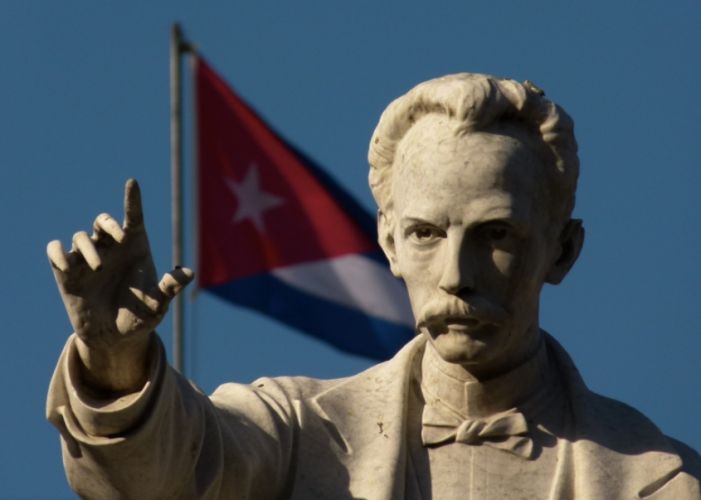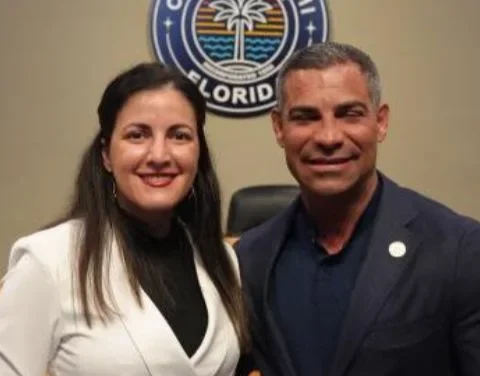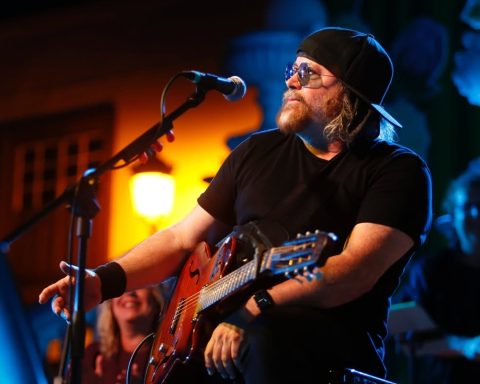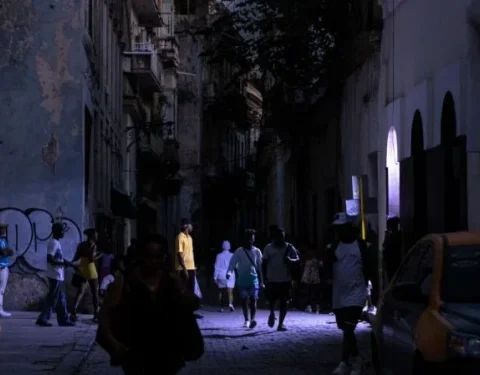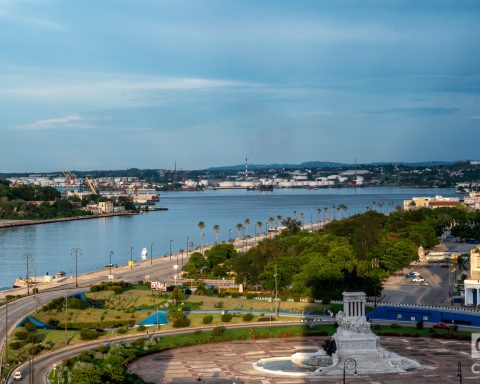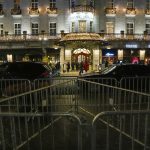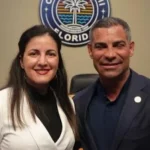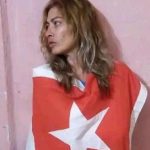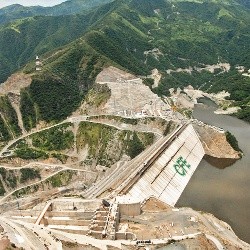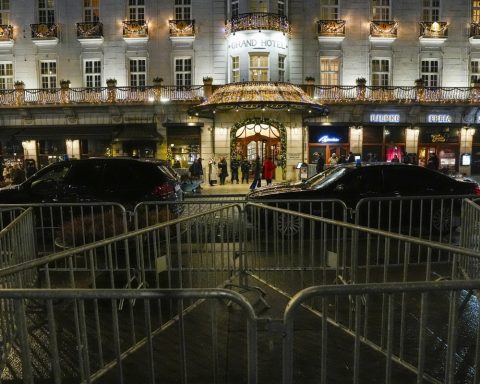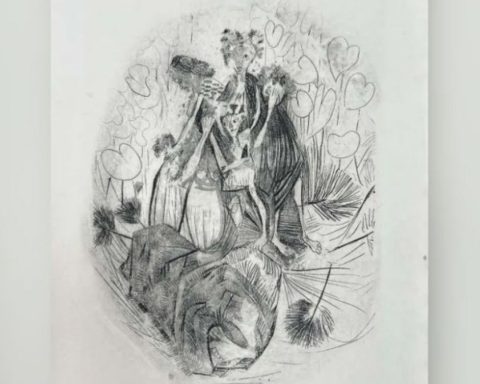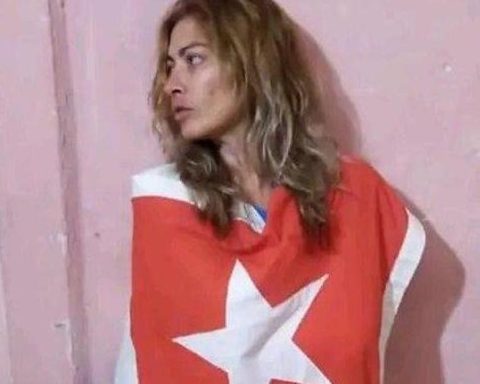MIAMI, United States. — “From caste comes the galgo to be rabilargo”. Javier Figueroa de Cárdenas is a relative of Miguel Figueroa, a brilliant nineteenth-century autonomist. Autonomism was a way of being patriotic in Cuba. Especially, from the “Pacto del Zanjón”, which in 1878 put an end to the “10 Years War”, until 1898, when the United States tipped the balance in favor of the Cuban insurrection.
The independence movement
Autonomism was liquidated by the independence movement promoted by José Martí, but, as the most reliable historians recognize today, the best Cuban heads were autonomists: Rafael Montoro, Antonio Govín, José María Gálvez, Eduardo Dolz, Figueroa himself and a very long etcetera. Unfortunately, the experiment only lasted 20 years (from 1878 to 1898). The same period that the “Liberal Autonomist Party” lasted, the first political entity that emerged in Cuba completely independent.
Javier Figueroa is an excellent professional historian. I met him with Sylvia, his wife, in Puerto Rico, where he was teaching until she retired. He earned his Ph.D. from the University of Connecticut and has published a book very remarkable, with more than 700 pages and with almost 2,000 footnotes, which he has called The unfinished dream: History of the Student Revolutionary Directory (DRE). Cuba 1959-1966.
The unfinished dream and the “pax español”
Why The unfinished dream…? Because Cuba has not been liberated and democracy restored, as Alberto Muller, Juan Manuel Salvat and Ernesto Fernández Travieso, the three founders of the DRE, proposed at the beginning of the adventure, in 1961. And why could they not achieve it? Somehow, this first review tries to address that issue. In reality, Cuba and all of Latin America pay to be far from the European pit. They pay (and charge) for the Spanish isolation. The 19th century brought the destruction of the “people Spanish”.
For several centuries Spain had kept its colonies on the sidelines of European crises, only bothered by the action of pirates and corsairs. But Napoleon appeared in European history, invaded Spain and, after a moment of doubt, the Latin American peoples became independent, except for Cuba and Puerto Rico. (I know I am oversimplifying, but this is not the place to detail the hypothesis.)
Not all were costs, of course. There were some advantages. To the extent that Spain did not participate in the two world wars, with their enormous share of blood and destruction, but with the relative advantages of the two post-war years, Latin America continued to be perceived as something different, despite the fact that language, religion, the layout of the streets, the division of powers and the rest of the symptoms pointed to Europe itself, led by Spain and Portugal, sticking its head out across the Atlantic.
Fidel Castro was a disciplined communist
Thus, on January 1, 1959, the news broke that Fulgencio Batista, president and (not so) strong man of the country, had fled the island, leaving his army completely helpless. In the US embassy in Havana there was total confusion. Some accuse Fidel of being a communist. Others, of being, fundamentally, “fidelista”. There are even some (the fewest) who think that he is an “anti-communist democrat.”
They will have to wait a few weeks to unravel the mystery. It happens in April 1959. But the outcome is not at all clear. Castro travels to the US that spring. He has been invited by the press association. He takes care to anticipate that he will go as part of “Operation Truth” to contradict those who oppose the executions.
In the White House are Ike Eisenhower, as president, and Richard Nixon, as vice president. On April 19, Nixon invites him to visit him. Eisenhower has no time. He has some urgent golf games. The VP writes a short memo in which he characterizes Fidel as charismatic (which he is) and as “incredibly naive” in relation to communism (which he is not) or a “disciplined communist” with all its consequences (which he is). ). But Nixon’s opinion was not taken seriously by Ike.
Until the beginning of next year, 1960. An election year in which, in the November elections, at the end of the year, Kennedy was preferred over Nixon. However, Eisenhower adopted a wrong strategy, perhaps due to misunderstanding of the Cuban drift that forged the presence of atomic weapons pointing at the United States from Cuba just 90 miles away.
I explain. Stalin had died on March 5, 1953. With him he had taken to the grave the notion that the Latin American peoples should wait for the American revolution to take the “winter palace”. That was talk of Earl Browder and the brownism. Fidel Castro had shown that a communist revolution could be made a stone’s throw from the United States. It was all on what Moscow was willing to risk.
Khrushchev times
Those were the times of Khrushchev. He believed that the future would be communist. He thought that the US was a giant “Potemkin village”. The first object had left Earth headed for outer space. It was Russian. The space race was being won by the USSR. There were reasons to be confused.
In 1966 it was not like that. But what could Eisenhower have done in the last year of his second term, in 1960? Perhaps, understand the danger of Fidel Castro, and admit that Latin America was one more region of the European part, subject to the communist challenge, and act accordingly. That meant that he should openly engage his armies, and not uselessly try to hide behind the CIA, created at the beginning of the “Cold War”, in the late 1940s.
Except that this course of action contradicted the widespread prejudice that Latin America was not part of the same value system as Western nations, subscribed to by Eisenhower, and Fidel Castro should not be taken seriously by his opponents. (It is counted in Cuba, soto voice, that on that first trip to the United States, after the triumph of the revolution, a drunken congressman, Republican or Democrat, for that matter it makes no difference, stared at Fidel Castro, and tried to take his hands, amused , he only told him: “Oh, Fidel Castro, Cha-Cha-Cha!” The Maximum Leader, as he was then called, stared at him in some stupor.)
A book about Cuba from 59 to 66
It gave me great joy that the author brought together in one volume so many scattered friends or even dead or shot: Virgilio Campanería, Manolo Salvat, Alberto Muller, Joaquín Pérez Rodríguez, José Basulto, Juanito de Armas, Emilio Martínez Venegas, Nicolás Pérez , Huber Matos, Rolando CubelaMiguelón García Armengol, Ramón Cernuda, Luis Fernández Rocha, Ignacio Uría, Pedro Subirats, José María de Lasa, Miguel Lasa, Pedro Roig, José Antonio González Lanuza, José Ignacio Rasco, Manuel Artime, Fernando García Chacón and many others who would this chronicle a useless catalog of names.
It occurs to me that the same scruples that Muller, Salvat and Ernesto Fernández Travieso had in accepting help from the CIA were shared by all the groups and personalities that joined the fight in that first wave: To what extent was it honorable to accept financial aid? of the CIA?
José Miró Cardona, the engineer Manuel Ray and the People’s Revolutionary Movement (MRP), Manuel Artime at the head of the Revolutionary Recovery Movement (MRR), Tony Varona with his Revolutionary Rescue (RR), and all the organizations with their acronyms in tow they had serious doubts about accepting the help offered by the CIA. Perhaps they did not know that the collaboration between the USSR and Fidel Castro began as soon as the revolution began.
Angelito Martinez Riosola
Indeed: the party of Cuban communists, the PSP, took over Security from the beginning of the revolution, and put a man trained by the KGB in charge of it. On March 4, 1960, when Eisenhower became convinced of Fidel Castro’s communist drift, and asked the CIA to put together a response, it was already too late. That same day, Soviet General Francisco Ciutat de Miguel had arrived from Curaçao to take charge of defending the communist tyranny that had emerged in Cuba. On the Island he was called “Angelito Martínez Riosola” by direct appointment of Fidel Castro.
The CIA was not at all effective in fighting the KGB. He even almost lost in Guatemala in 1954. Despite this, they entrusted the same team to prepare a response plan. The infiltrations he made behind the Iron Curtain were all annihilated. It was, as they used to say in Cuba, “Monkey against lion and tied monkey”.
Salvat ended up selling books in Miami, Miró Cardona teaching law in Puerto Rico, Ray exercising his profession as a builder of cheap prefabricated houses. In short, the first batch settled for “the unfinished dream.” Santiago Álvarez told me, disconsolate, that the Kennedys would have resolved the issue, but I don’t know. They would have to use the US armies or wait for the inability to produce goods and services, inherent in the collectivist economy, to cause certain changes that would upset the system. That’s where we are.
OPINION ARTICLE
The opinions expressed in this article are the sole responsibility of the issuer and do not necessarily represent the opinion of CubaNet.
Receive information from CubaNet on your cell phone through WhatsApp. Send us a message with the word “CUBA” on the phone +1 (786) 316-2072, You can also subscribe to our electronic newsletter by giving click here.
